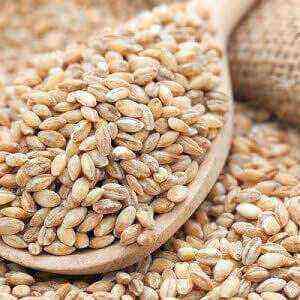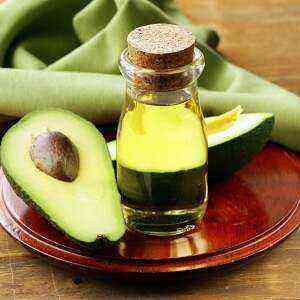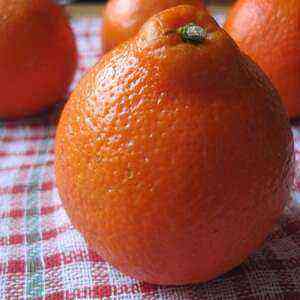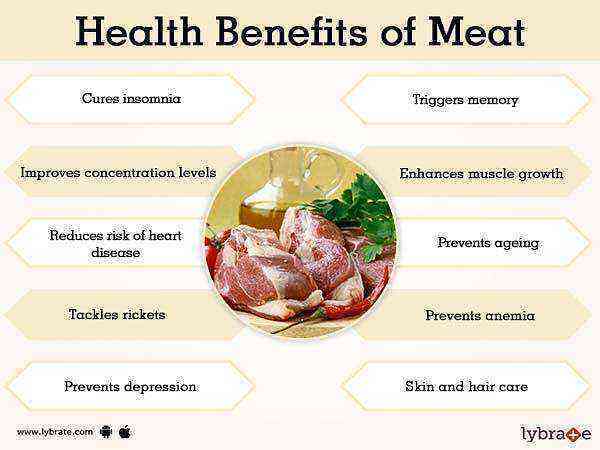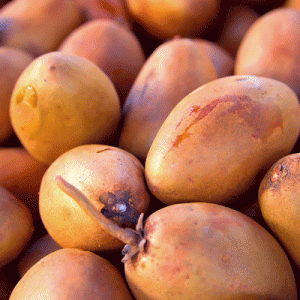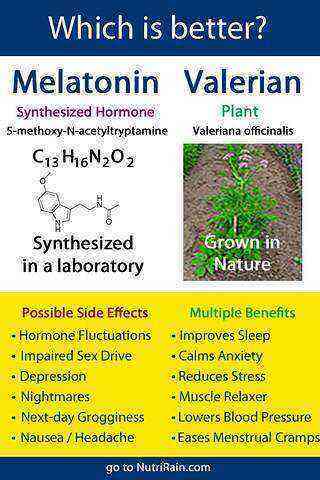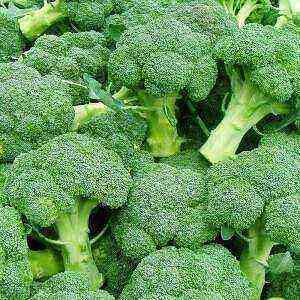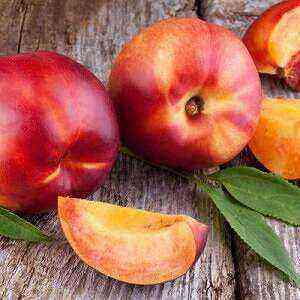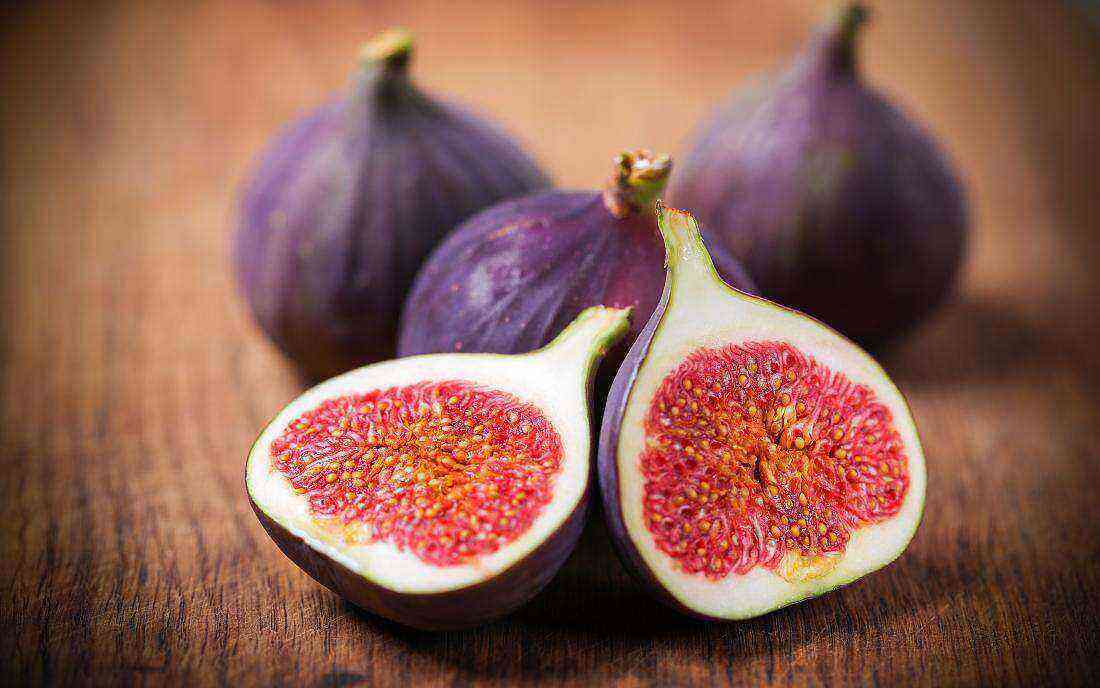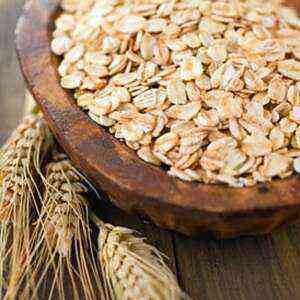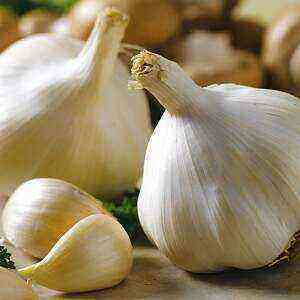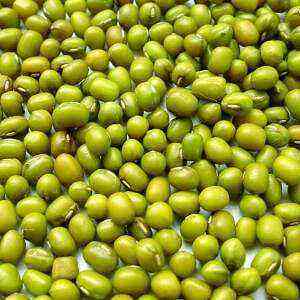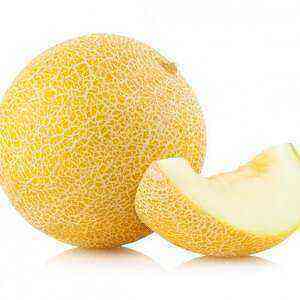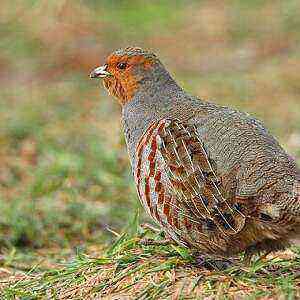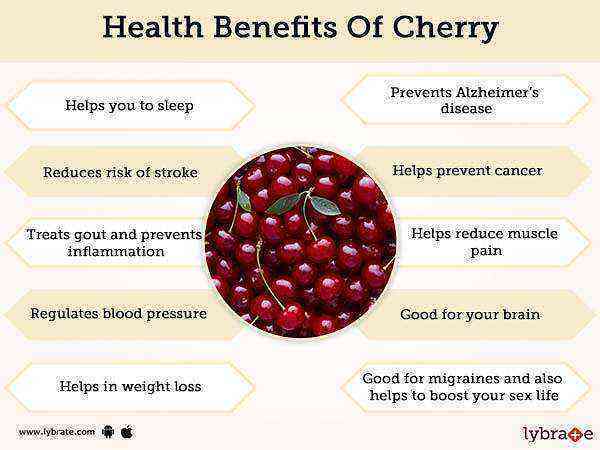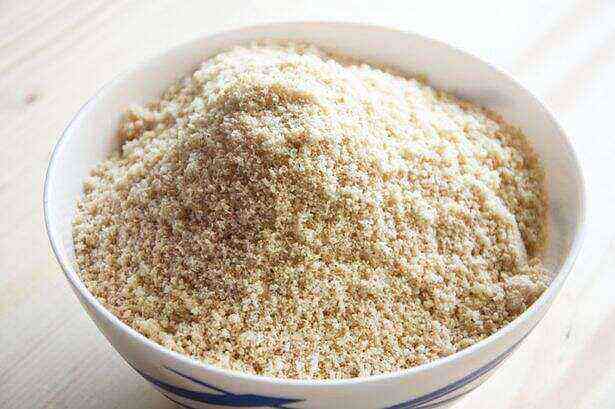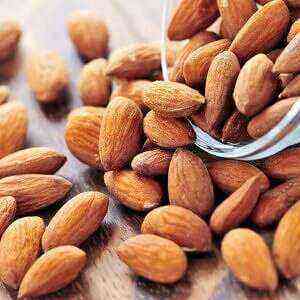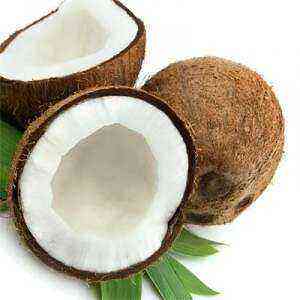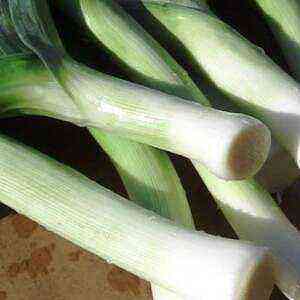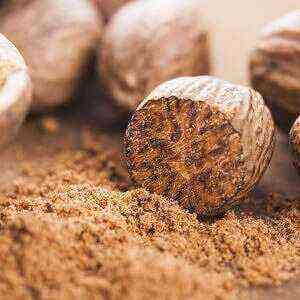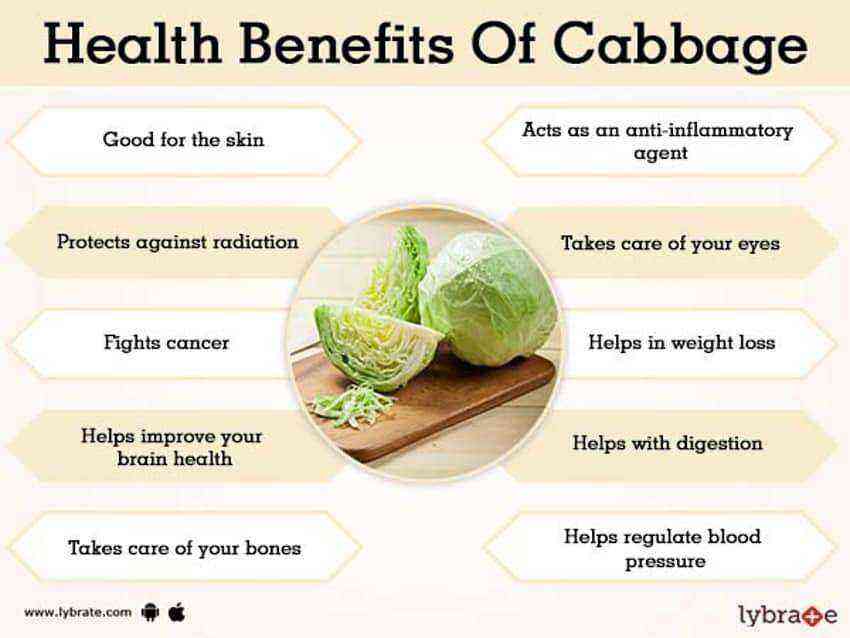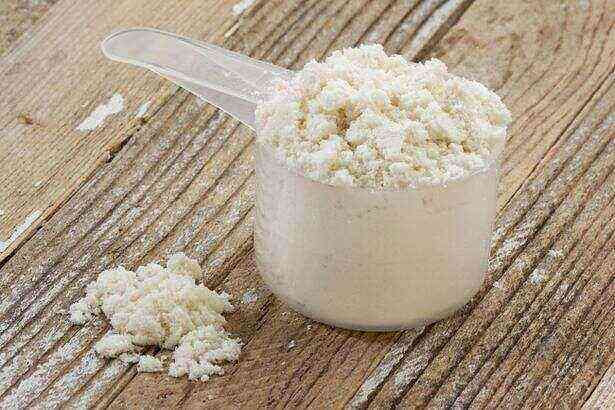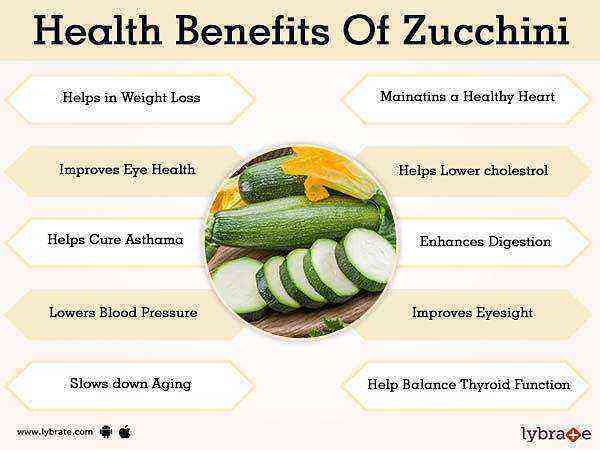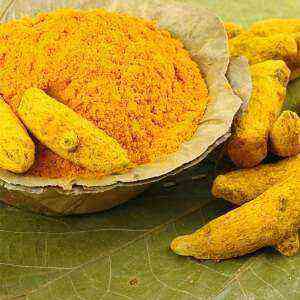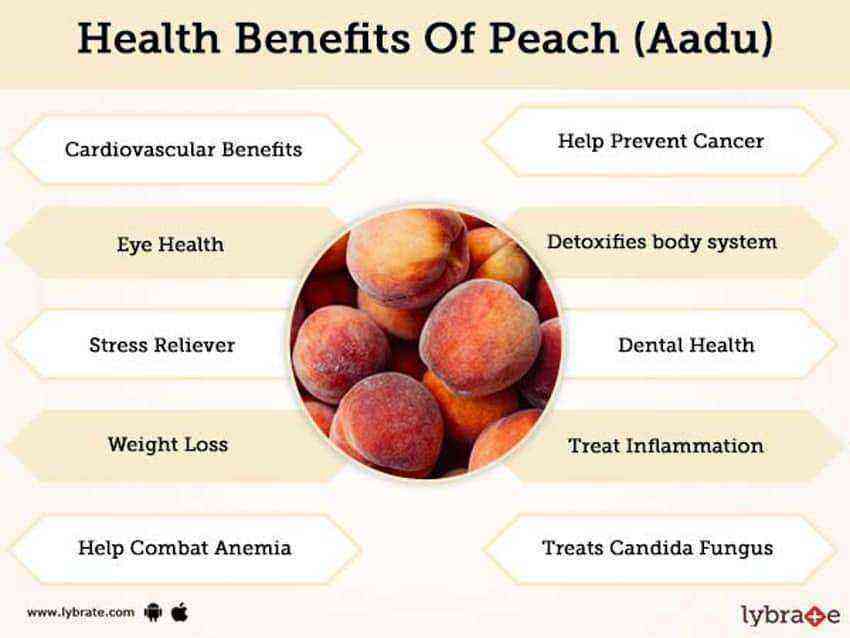This sugary base is easy to explain. Indeed, bees use honey as a kind of canned food and food for the developing larvae. A large amount of easily digestible and energetically valuable sugars in honey allows larvae to grow quickly on such food. And in winter, it is used by bees as the only source of food.
But it’s not just sugar that adds value to this naturally sweet canned food. The composition of honey is very rich in vitamins. Here is the approximate and grade-averaged vitamin content of this product:
- vitamins of group B, necessary for the normal course of most metabolic processes in the body – B2, B3, B5, B6, B9. In total, their amount in honey is approximately 250 micrograms per 100 grams of product;
- vitamin C, or ascorbic acid – a powerful antioxidant, fortifying agent, vitamin C is contained in honey in an amount of about half a milligram;
- folic acid, not produced by other animals and by man himself, but necessary for the normal growth and development of the body;
- carotene-A, a precursor of vitamin-A, which, in addition to participating in metabolic processes, is also extremely necessary for the normalization of vision.
And besides vitamins, honey also contains an insane amount of minerals. These are metals – calcium, magnesium, zinc, iron, sodium, and phosphorus, and many other elements necessary for our body.
Moreover, produced by bees, natural honey contains some enzymes that are very useful for the internal reactions of the body. Which, by the way, disintegrate when heated.
As a result, honey is considered a good medicine for a reason. It is used for a wide variety of diseases, even used for external influences and as an antiseptic.
But at the same time, a natural delicacy is also a very volatile product. Therefore, there are a lot of types of honey.
